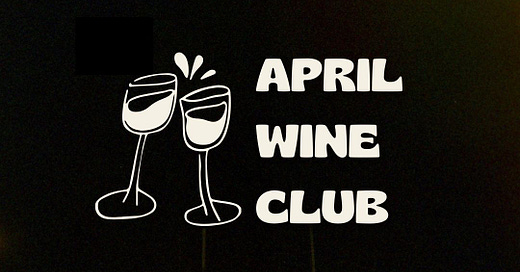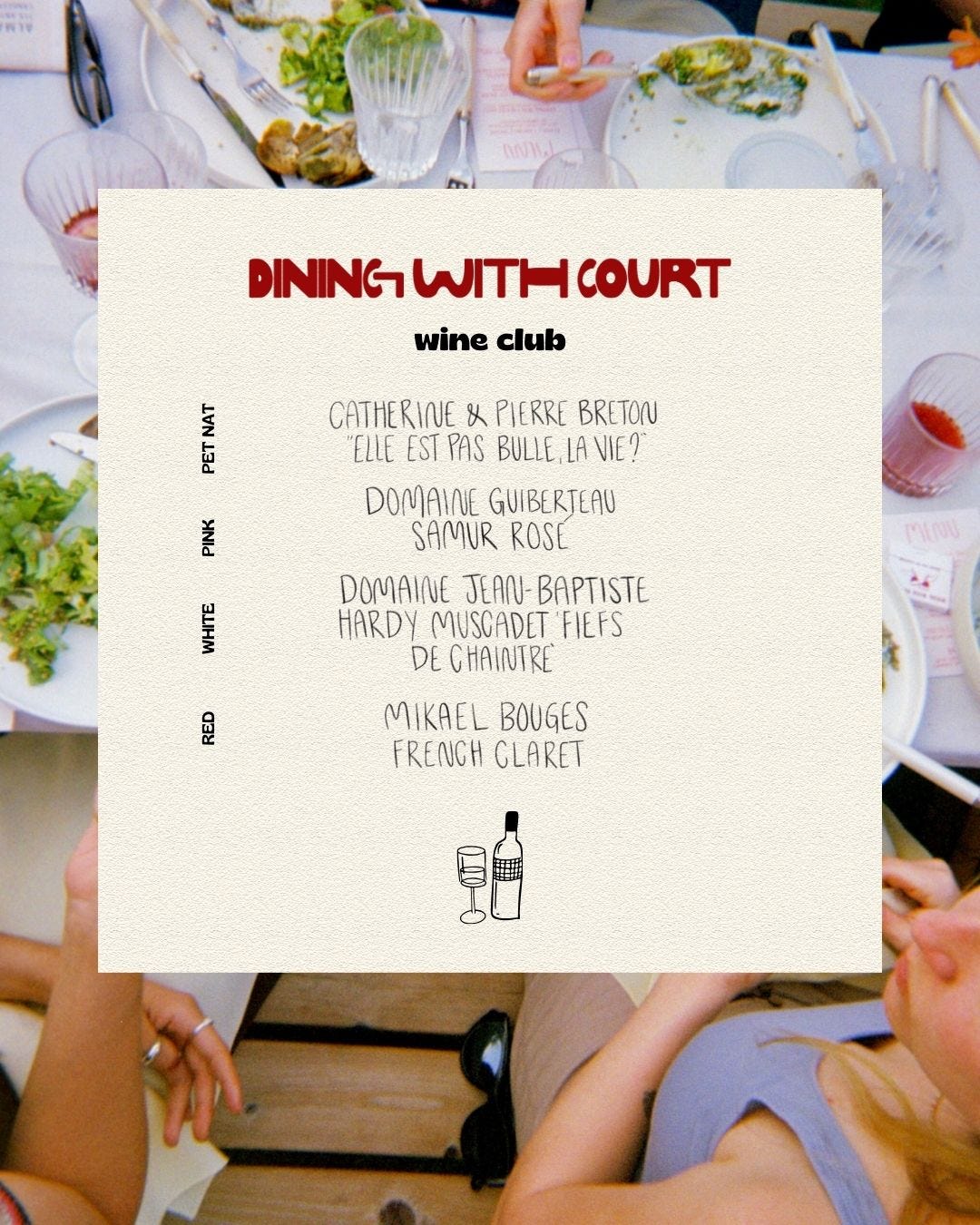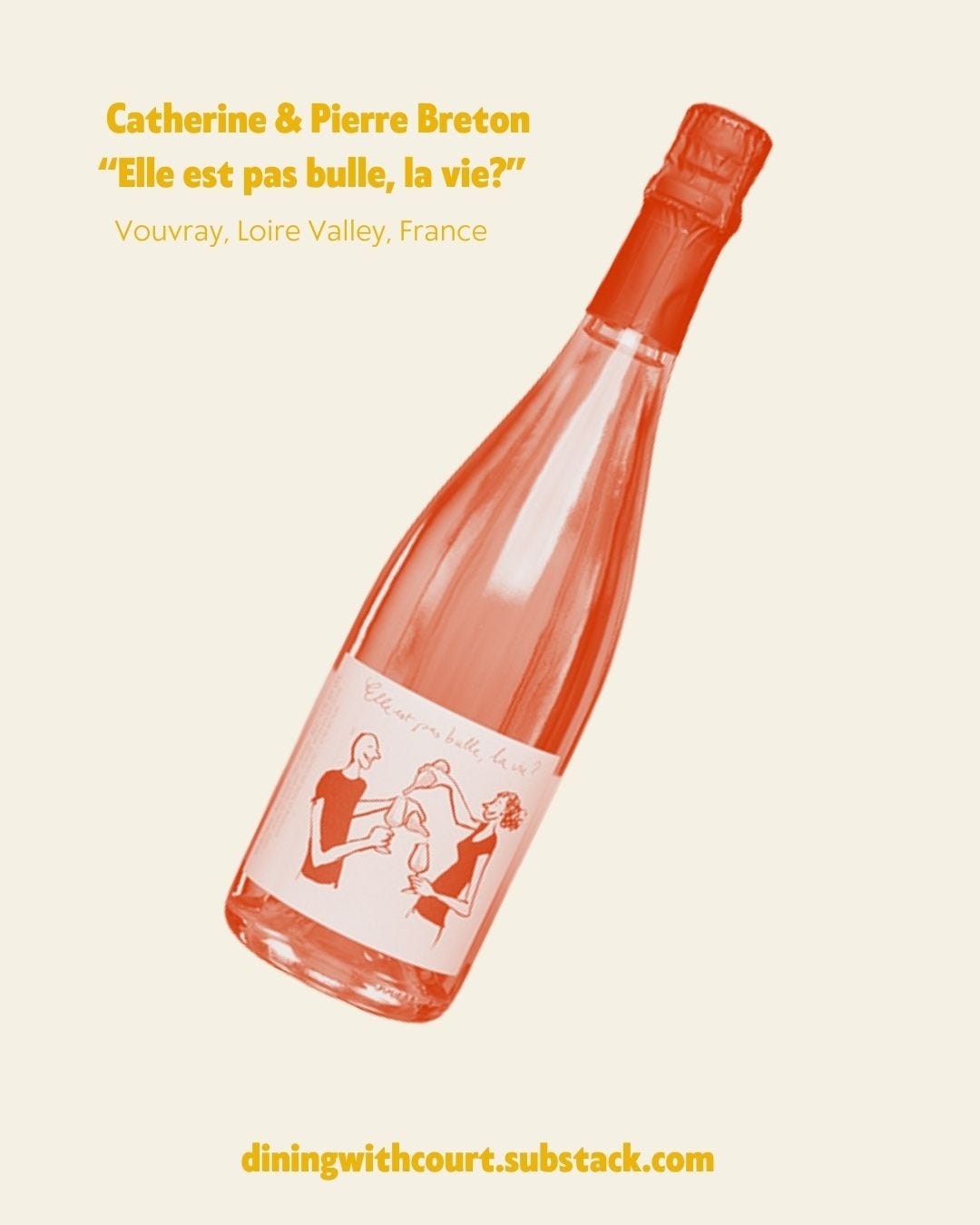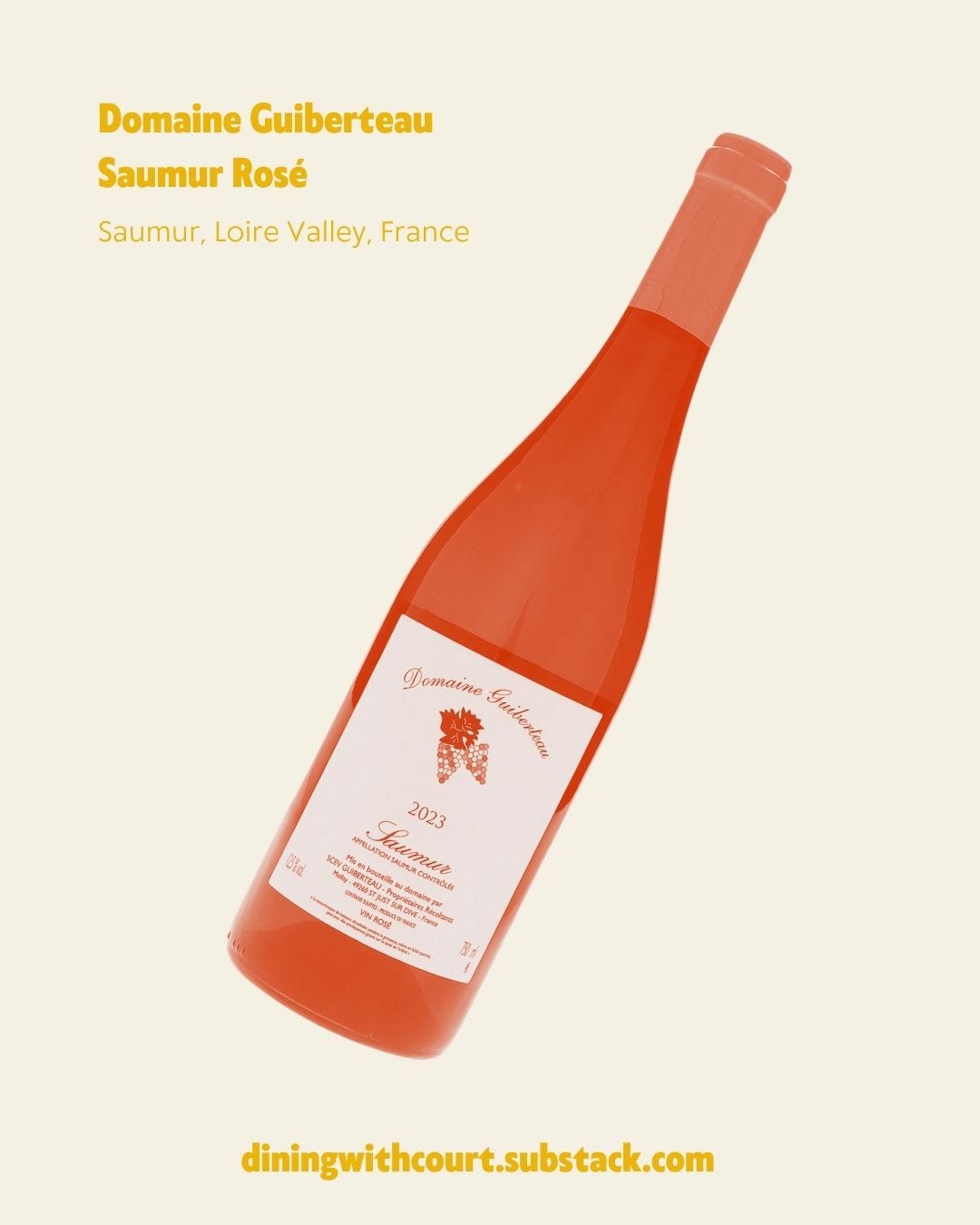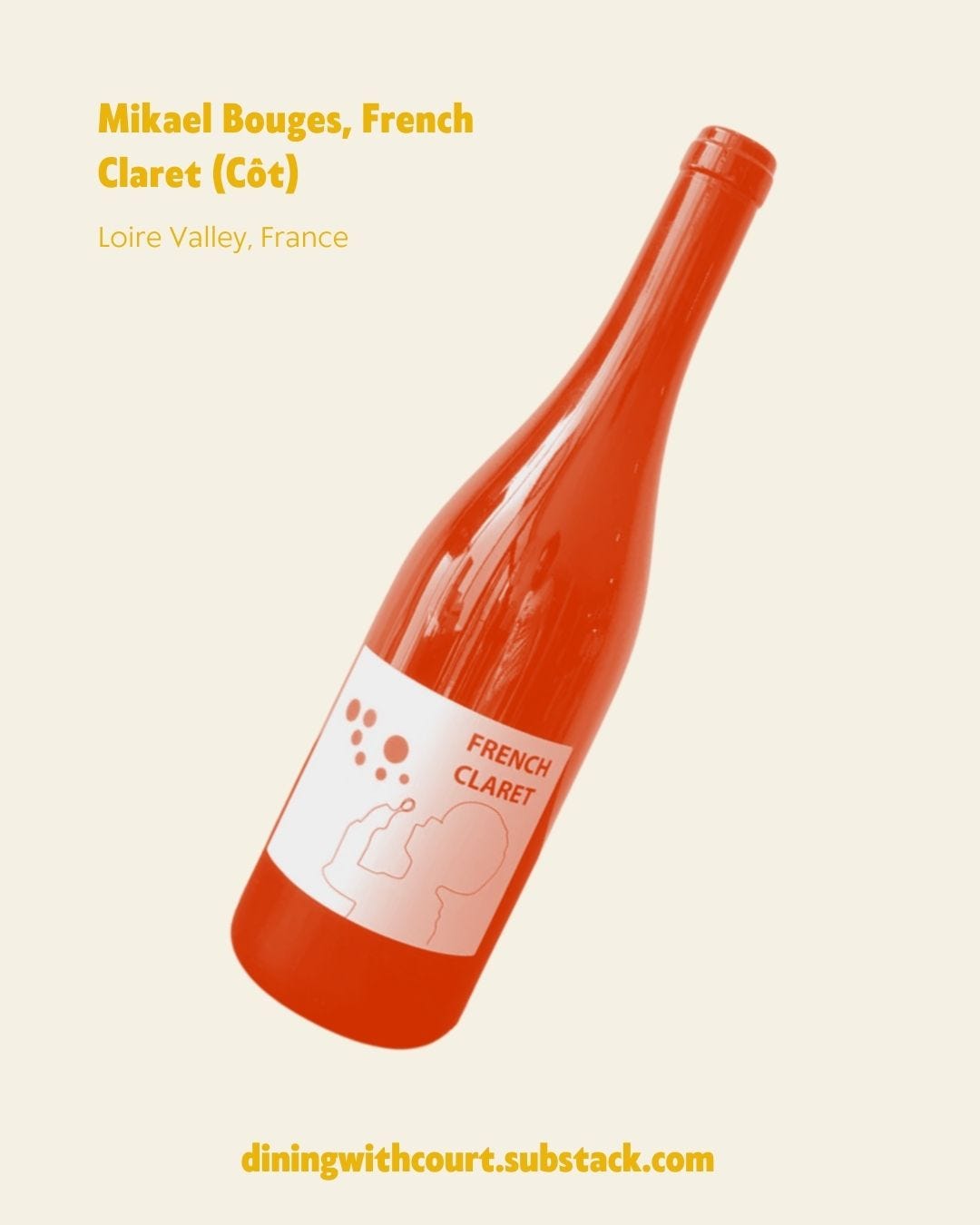The Loire River Valley runs 600 miles in central France. It is divided into four wine regions: Lower Loire— A maritime region called Pays Nantais (“Nantes Country”); Middle Loire— Anjou, Saumur, and Touraine (the “Garden of France”); Centre Loire—Sancerre; Upper Loire— Auvergne and other surrounding vineyards.
There are 5 major grapes of this region: Chenin Blanc— Most known in Savennières, Anjou, Saumur, Touraine, Vouvray, Montlouis, and Jasnières; Cabernet Franc— Most known in Chinon, Saumur-Champigny, and Bourgueil; Sauvignon Blanc— Most known in Sancerre and Pouilly-Fumé; Melon de Bourgogne— most known in Muscadet Sèvre et Maine; Gamay— in Saint-Pourçain, Côtes du Forez, Côtes d’Auvergne, and Côte Roannaise.
I visited Centre Loire, specifically Château de Chenonceau, when I was 16, but dream to go back now in my adult years. It’s one stop of many of my dream France wine trip itinerary I have been planning. So I thought I’d focus April’s Wine Club all about the gem that is the Loire Valley, and their elegant wines.
Catherine & Pierre Breton Brut Nature Elle “est pas bulle, la vie?”
Pétillant naturel | 100% Chenin Blanc
Catherine & Pierre Breton are some of my favorite wine producers of the Loire Valley. Their farm is 11 hectares just east of Bourgueil in the village of Restigné. They produce Chinon, Bourgueil, and a bit of Vouvray. In 1991, the Breton’s received organic certification and recently began the three-year process of seeking biodynamic certification. Their son, Paul created his own winery in Vouvray in the Bourgueil appellation, focusing on whites and Pétillant naturels.
This wine is made of 100% Chenin Blanc. And Miss Chenin Blanc is having a moment. It used to be in the stereotypes like German Riesling, known for to be sweet or semi-sweet wines, but over the past couple decades, drier styles of Loire Chenin Blanc have taken center stage. This wine is a sunny afternoon by the sea—light, breezy, and effortlessly refreshing. The zesty burst of lemon and juicy strawberries evoke a sense of playfulness, while the honeycomb sweetness adds a touch of sun like warmth. The grassy notes bring an earthy, natural vibe, and the hint of saltiness lingers like the ocean breeze stuck to your skin after a day by the water.
2023 Domaine Guiberteau Saumur Rosé Loire, France
Rosé | 100% Cabernet Franc
Romain Guiberteau is one of the Loire Valley's most iconic natural winemakers. In the '90s, he left behind a promising career in law to revive his great-grandfather’s forgotten estate and pursue winemaking. After being mentored by Nady Foucault of Clos Rougeard, his innate talent quickly became apparent, and his wines rapidly gained acclaim. The estate he inherited is nestled in the prestigious hills of Brézé, one of the Loire Valley’s most sought-after terroirs, which is known for producing some of the most refined, mineral-driven expressions of Chenin Blanc and Cabernet Franc.
This wine is like sitting on a sunlit terrace with a warm breeze. It has the perfect balance of playful energy and grounded elegance. With zesty lemon and ripe strawberries, it captures the essence of a carefree Spring day. It’s herbaceous and fruity with just enough structure, making it the ideal companion for laid-back afternoons filled with good food and great company.
2022 Domaine Jean-Baptiste Hardy Muscadet 'Fiefs de Chaintre', Loire, France
White | 100% Melon de Bourgogne
I wanted to switch it up from the class Loire Valley Sancerre. Though also a good time to start sipping on some Sancerre as we head into summer. Instead I wanted to focus on Melon de Bourgogne. Melon is the grape of the Muscadet region of France, known for its mineral saline driven white wines that is iconic when matched with shellfish, like oysters.
Jean-Baptiste Hardy took over his parents estate in 2018. He traveled the world learning, studying, stageing, and drink wine so he could then return back to the estate with a deeper understanding of the estates potential. The estate sits upon soils that are composed of gabbro (volcanic rocks) and silica-clay, where Jean-Baptiste manages to make out wines of texture and freshness. For this wine, he slowly pressed the grapes, to not extract too much bitterness. Melon is known to become bitter if pressed too quickly. After fermentation, it is aged in a glassed tank underground for 6 months. Something I’m unfamiliar with, nor have seen before!
This wine feels like a brisk Spring morning walk—crisp, invigorating, and full of fresh energy. Zesty lemon, crisp pear, green apple and wet stone, with a touch of saltiness that gives it a refreshing, tonic-like edge. It's bright and clean, yet there's a subtle roundness beneath the sharp acidity, adding a surprising depth. No frills, just pure, precise freshness with a weight on the mid-palate that catches you off guard in the best way. This wine will need a good hour to open up, after a good decant.
2023 Mikael Bouges, French Claret (Côt), Loire Valley, France
Red | Cot, Malbec
Mikaël Bouges works on a small acre estate in Touraine. He worked for many years on his father’s estate, but when his father retired he couldn’t afford it until he got the help of Catherine and Didier Barouillet of Clos Roche Blanche. His father worked the farm organically since the ‘90s, so he follows the same approach to care for his varitals.
This wine is a spontaneous afternoon. It’s bright, lively, and full of energy. Bursting with ripe red berries, it’s refreshingly thirst-quenching. Soft tannins and a hint of earthiness add a grounding depth. Would pair perfectly with a long afternoon lunch with friends.
Ingredients | Makes enough to entertain, but adjust accordingly, and the mash can last in the fridge for 5 days up to one week if properly stored. 2 months if frozen.
1 Sourdough loaf, or bread of choice, sliced
1.5lbs of Fava beans in their pods, hulled and shelled
1 cup peas, fresh or frozen (thawed if frozen)
4oz (about a half of a cup) of crème fraîche
2 medium heads of fennel, stalks removed, heads shaved with a manolin or thinly sliced
2 cans of white anchovies, like these, not the flat fillets.
Optional: pea shoots for garnish (can sub dill and/or mint
Instructions
Place the shaved fennel in a bowl with cold water and a generous pinch of salt. Set aside.
Prepare an ice bath and set aside. Bring a medium pot of water to a boil. Add a generous amount of salt, and add the hulled and shelled favas to the water. Boil them until softened, about 5-8 minutes. When you have a minute left on the boiling favas, add in the peas. Strain and add to the the ice bath.
Once the fava beans and peas have cooled, strain and add them to a bowl. Smash the fava beans and peas to desired mash consistency. Then add in the crème fraîche and a pinch of salt; mix to combine. Taste and adjust salt to taste.
Toast your sliced sourdough. Top with a layer of mash, some shaved fennel, pea shoots (or mint or dill) if using, and a fillet of the white anchovy. Optional: serve with some lemon wedges.

